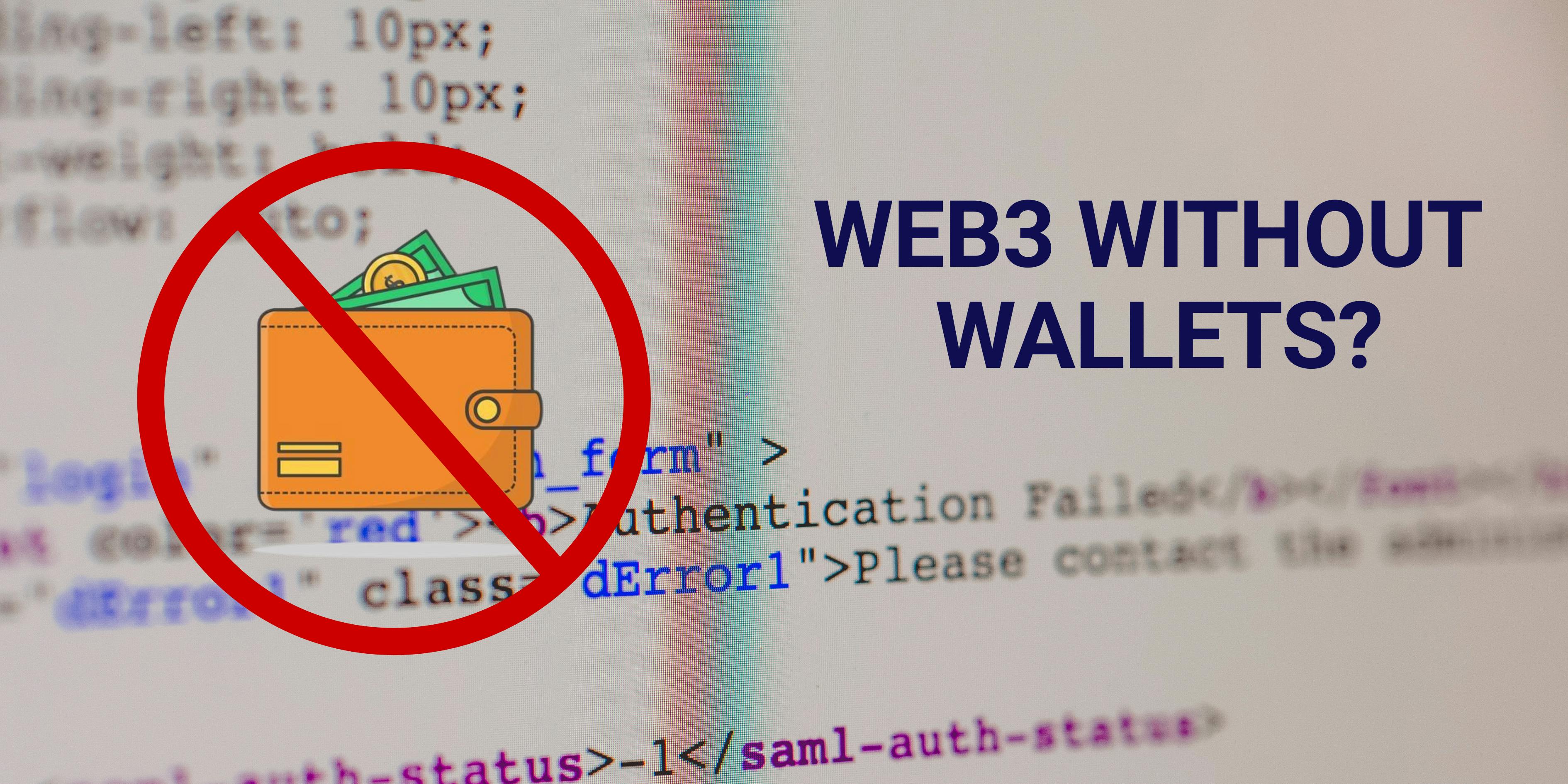If you’ve been in this space for a while, you’ve probably developed muscle memory for all the pain points. Install MetaMask. Store your 12-word seed phrase (somewhere “safe”). Buy ETH from an exchange. Move it to your wallet. Pay gas to do literally anything. But for someone new especially in India it’s just... a mess. Between RBI’s regulatory mood swings and limited access to reliable fiat onramps, the crypto onboarding experience here often feels like being asked to solve a puzzle before you’re even allowed to explore the game. That’s when I started digging into projects that were rethinking the basics.
When I First Experienced “Invisible” Web3
Earlier this year, I came across Privy, a tool that lets users sign in to dApps using just an email or phone number. No wallet extension. No seed phrase. No crypto needed up front. At first, I was skeptical. “How is this still Web3?” But the magic was that the wallet was still there — just invisible. It’s a smart contract wallet, abstracted away from the user until they’re ready. That’s when it clicked for me: this is what Web2.5 onboarding should look like.
What’s Powering This Change?
There are two major tech upgrades enabling this new era:
- Embedded Wallets (Custodial but Secure) Tools like Magic.link, Web3Auth, and Privy allow dApps to spin up a wallet for a user using:
Email + OTP
Google or Apple login
Phone number with SMS
These wallets live client-side (in local storage), encrypted, and secured with familiar auth flows. Most users don’t even know they’ve just created a wallet. Think Firebase Auth, but for Ethereum.
- Account Abstraction (ERC-4337) This standard lets wallets be smart contracts, with programmable logic: You can sponsor gas fees (users pay $0), Enable social recovery (no seed phrases), Batch multiple transactions, Set spending limits or time-based permissions.
This powers tools like Safe, Stackup, and ZeroDev
📌 Further reading:
Ethereum Foundation: Account Abstraction
Vitalik’s Blog: What I would love to see in a wallet
Real-World Examples You Can Try
Privy + Lens Protocol → Sign in with Gmail to mint your first Lens profile.
Coinbase Smart Wallet → Uses account abstraction, gasless transactions, and no seed phrase.
Zerion DNA → Smart wallet built for mobile-first onboarding.
Why This Is a Big Deal for India
As someone living in India, I’ve seen firsthand how UX friction and policy uncertainty push people away from Web3: New users don’t want to learn cryptography just to buy an NFT. Crypto bans make fiat ramps risky so prepaid gas accounts help. Language/localization is still weak so intuitive UX matters more than ever. Invisible wallets remove 99% of the intimidation and let people experience the value (rewards, ownership, content access) without knowing they're on-chain until they need to. It’s progressive decentralization, and it works.
Final Thought:
IMO, Web3 Should Feel Like Web2 Until It Matters. Coz, Nobody asks how HTTPS works when buying something on Amazon. Nobody reads TCP/IP specs when logging into Instagram. Web3 should be the same. Let users interact first. Then educate them if they choose to stay. I think that’s the only way we can onboard the next billion.


